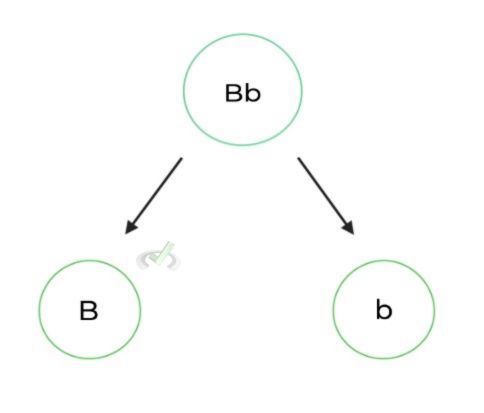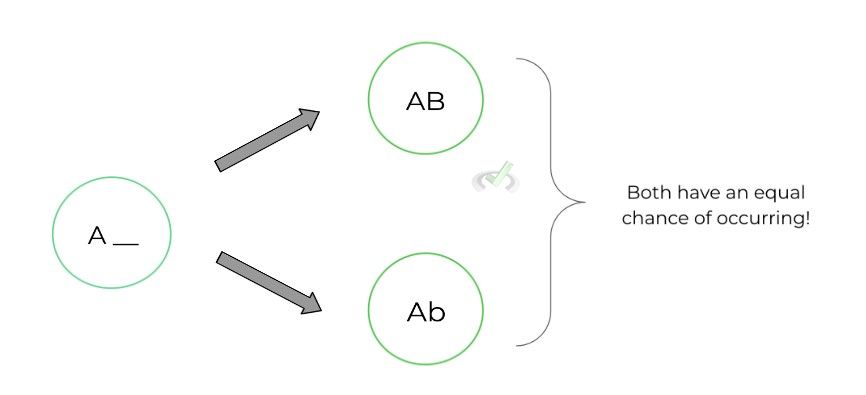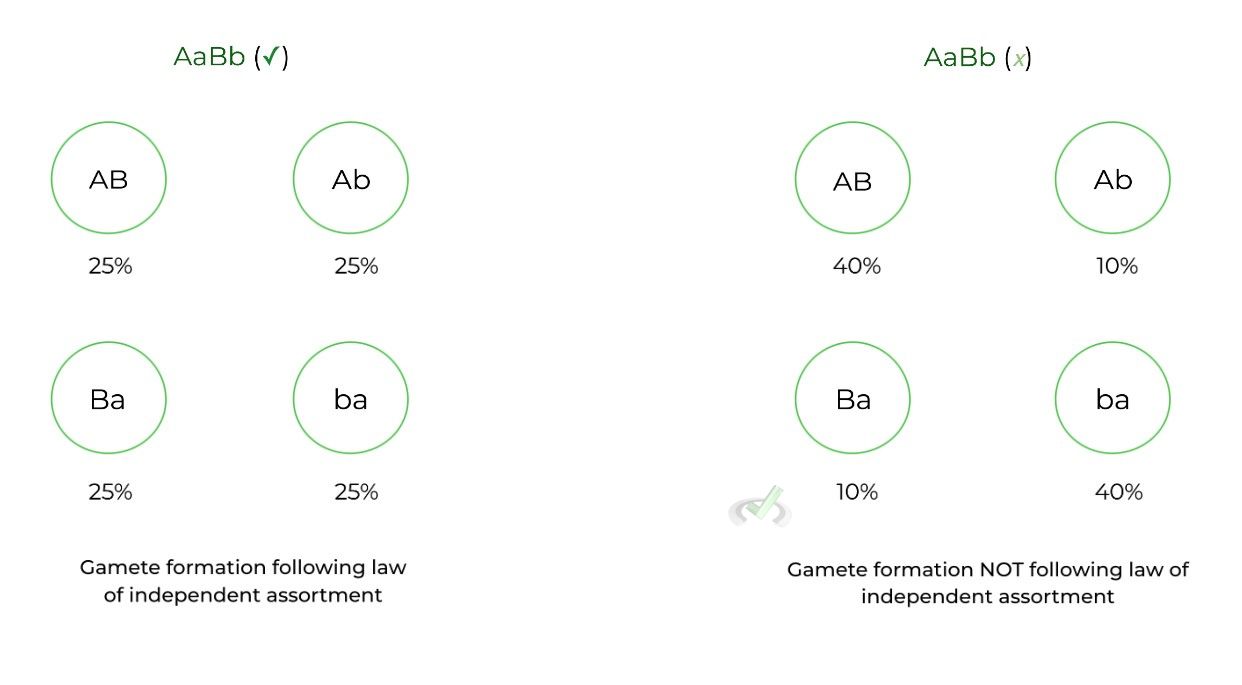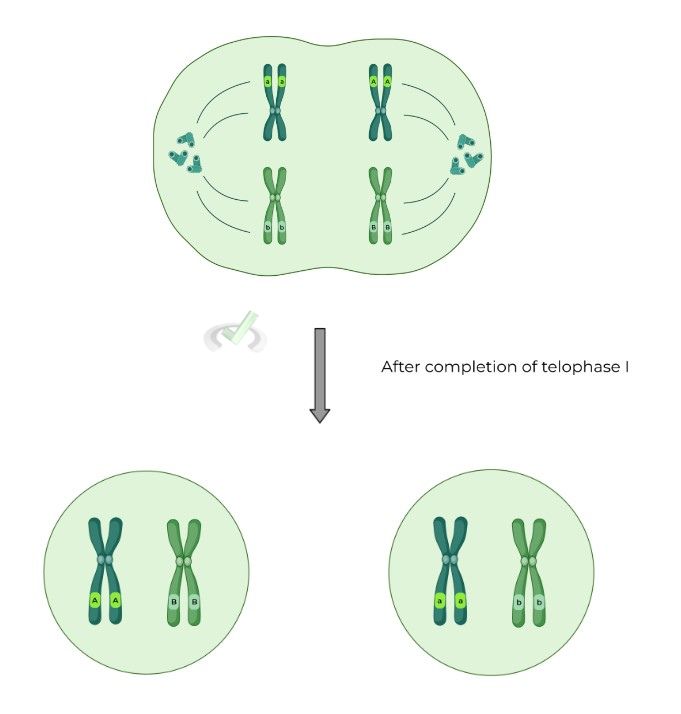I. What are Mendel’s Laws?
You don’t just get the title of “father of genetics”, you gotta earn it just like how Kobe earned his title of “the black mamba” (R.I.P Mamba! 
Thanks to Mendel and the development of his laws, we are able to understand genetics and inheritance on a whole other level! Just as with other scientific laws and principles, Mendel’s laws provide the foundation to understand other concepts and topics.
Of these other concepts and topics, the ones definitely most applicable include meiosis, punnett squares, gamete formation etc. Hopefully after getting a sufficient grasp of this article’s content, you’ll be able to get a better understanding of some of the above mentioned topics!
II. Content Review
Luckily, our boy Gregor didn’t find a lot of laws! The principles that Mendel discovered include: 1) law of dominance, 2) law of segregation, and 3) law of independent assortment.
We’ll only cover the last 2 laws in this article because we have a separate article which goes in depth for the law of dominance in our “Mendelian Genetics: Fundamentals and Patterns of Dominance” article!
>> Law of Segregation
This law states that during gamete formation, the alleles of a gene will segregate into separate gametes. As such, each resulting gamete should only have ONE copy of a gene.
Take the example below! Given a somatic cell with a genotype Bb, the resulting gametes will be the following:

Diploid, somatic cells have two sets of chromosomes which are also termed homologous as each pair has the same genes which may or may not have different alleles. Because of the law of segregation, these alleles are separated from one another during gamete formation!
Another way to think about this law is that it explains why gametes are haploid (n=1). Recall that haploid is a term to describe a cell with only 1 set of chromosomes, which is another way of saying that the cell only has 1 copy of each gene.
>> Law of Independent Assortment
This law states that the allele a gamete receives for 1 gene DOES NOT affect the allele received for another gene.
Another way to phrase this law is that the alleles for 2 or more genes sort independently from one another.
We know, we know: it took us MULTIPLE times to read and understand it and to be honest sometimes, we still have trouble wrapping our heads around it, lol!! But as we like to do here, let’s show an example in order to make understanding it a little easier.
Say a somatic cell has a genotype AaBb and is undergoing gamete formation. According to the law of segregation, a gamete will either have the “A” or “a” allele. Let’s look at a gamete that receives the “A” allele.

If a gamete receives the “A” allele, the law of independent assortment states that the gamete should have an EQUAL CHANCE of receiving either the “B” or “b” allele!
Just because a gamete has the “A” allele doesn’t mean that it’s more likely to get a “b” allele: this is the WRONG way to think about this. Neither the “B” or “b” allele is favored to match with the “A” allele: both have an equal chance of being paired with the “A” allele.

It’s thanks to the law of independent assortment that the resulting gametes above all have an equal distribution as shown on the left. There are no gametes that are “favored” or “skewed” as shown on the right.
However, as with many rules, there are exceptions and complications. As shown in our article talking about linked genes, we talked about how linked genes pose a complication to the law of independent assortment: check out our article for a more detailed explanation!
III. Bridge/Overlap
As you’ve probably noticed here at MCAT Mastery, we believe one of the best ways to understand a topic is often through application and content overlap! One biological application of Mendel’s law is in meiosis I, specifically anaphase 1.

Recall that in anaphase I, the homologous chromosomes are separated from one another. As such, the 2 alleles of a gene are separated as shown above and as stated in Mendel’s law of segregation!
In addition, pay special mind to the sister chromatids! At this point, the alleles are separated but there are still 2 sister chromatids which will be separated during anaphase II.
IV. Wrap Up/Key Terms
Let’s take this time to wrap up & concisely summarize what we covered above in the article!
Mendel’s laws establish the foundation for understanding genetics and inheritance. There are 3 Mendelian Laws: 1) law of dominance, 2) law of segregation, and 3) law of independent assortment.
Look to our “Mendelian Genetics: Fundamentals and Patterns of Dominance” for a detailed explanation of the law of dominance!
>> Law of Segregation:
States that during gamete formation, the alleles of a gene will segregate into separate gametes. This is seen occurring during anaphase I of meiosis, when the homologous chromosomes are separated from each other.
>> Law of Independent Assortment:
States that the acquisition of one allele from a gene DOES NOT affect what allele is received from another gene.
It’s thanks to this law that there is an equal distribution of gamete formation where there is no one gamete “favored” or “skewed”.V. Practice
Take a look at these practice questions to see and solidify your understanding!
Sample Practice Question 1:
Klinefelter Syndrome is a genetic condition which occurs when a male has an extra X chromosome in his cells, which results in a XXY karyotype for his sex chromosome. Given this information, which one of Mendel’s laws is violated, the law of segregation or law of independent assortment?
A. Law of Dominance
B. Law of Segregation
C. Law of Independent Assortment
D. None of the above
Ans. B
The law of segregation states that the alleles of a gene will segregate into separate gametes. This is best seen during anaphase I when the homologous chromosomes are separated and thus the 2 alleles of a gene are also separated.
As stated in the question stem, because the male has an extra X chromosome, there is most likely a defect in anaphase I and the law of segregation as one of the gametes had 2 copies of a gene.
Sample Practice Question 2:
Given a genotype of AaBb and a gamete has received the “A” allele, what is the probability that the same gamete will receive a “B” allele?
A. 0%
B. 25%
C. 50%
D. 100%
Ans. C
As stated in the law of independent assortment, the acquisition of one allele of one gene does not affect the acquisition of another allele from a different gene.
In this case, when a gamete receives the “A” allele, there should be an equal probability (i.e. 50%) of acquiring a “B” or “b” allele according to the law of independent assortment.




 To help you achieve your goal MCAT score, we take turns hosting these
To help you achieve your goal MCAT score, we take turns hosting these 
























